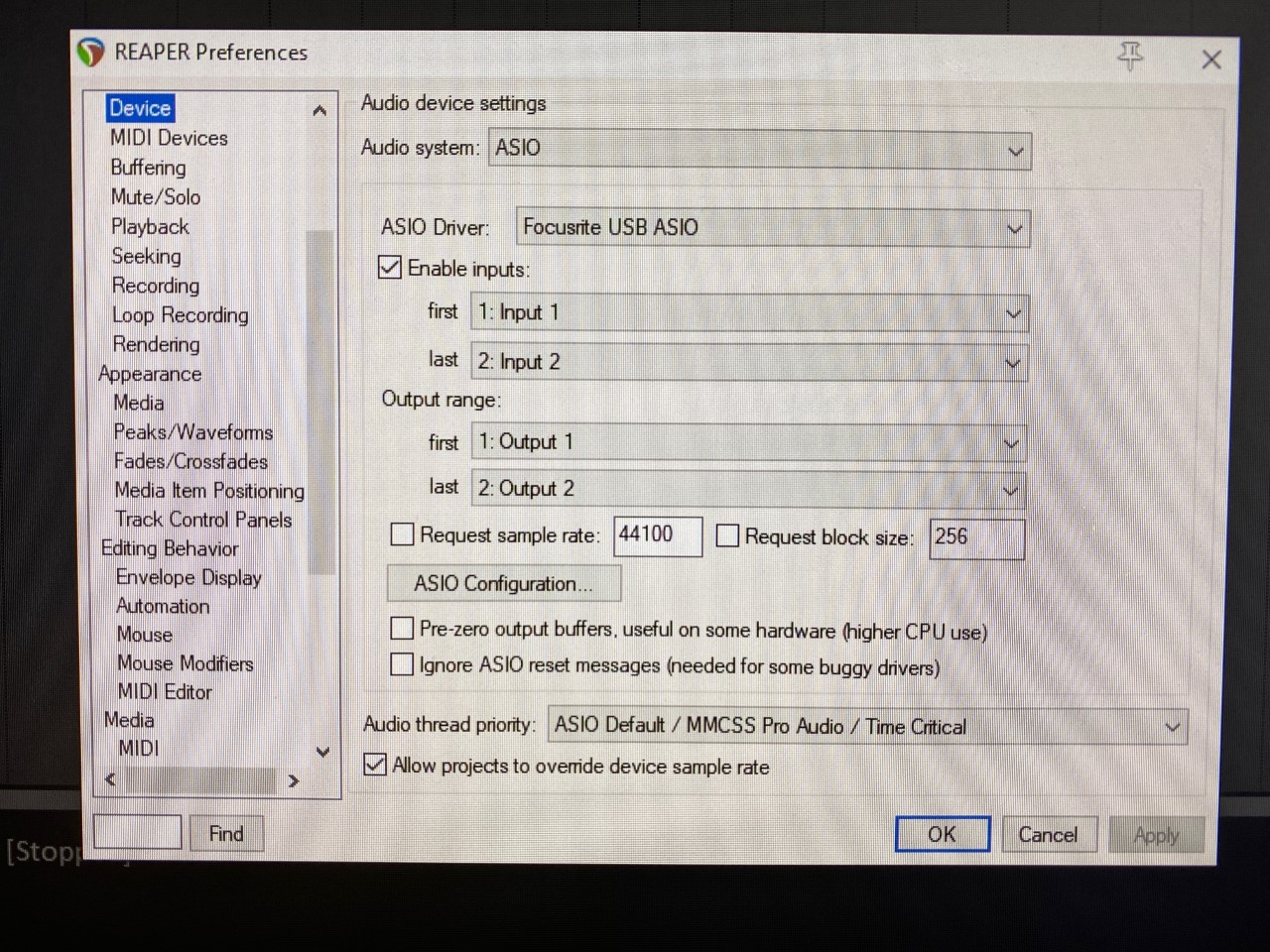Welcome to the Audio Studio Guide
Welcome to the Audio Studio at the Harriet Irving Library Research Commons, room 321C. This studio is equipped with a few options for recording and playback. This guide will show you the easiest, recommended options for basic vocal/spoken word recordings.
We have a podcasting guide here: https://lib.unb.ca/guides/podcasting-101-workshop
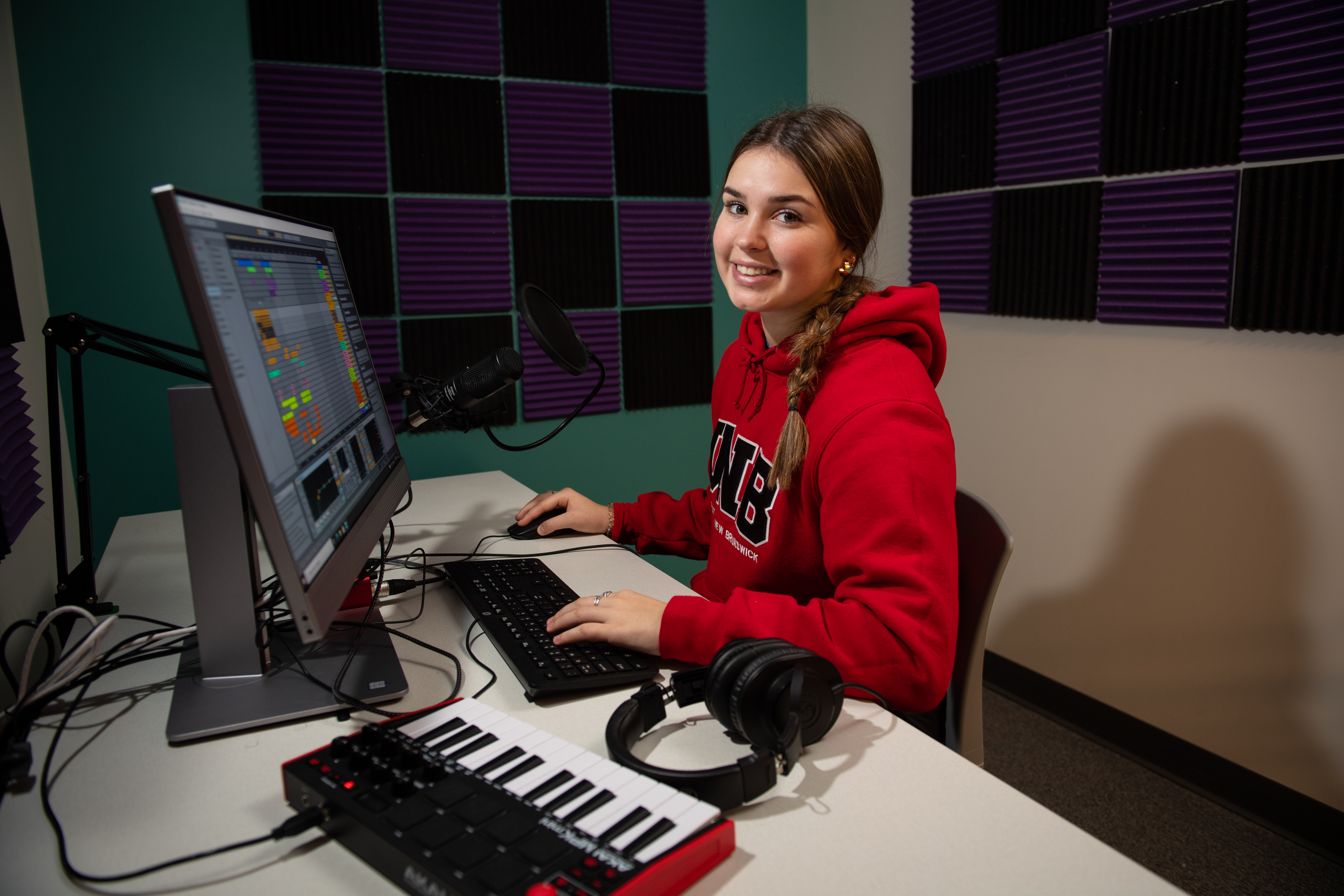
Choosing the Microphone
Blue Yeti
The left microphone is a "Blue Yeti". It is a black microphone that says "blue" on the front. If you want to have an easy time recording one or more than one voice or instrument, this is your best option!
Audio-Technica 2035 (Focusrite)
These large microphones on either end of the table are on swinging arms plugged into the red interface (Focusrite 2i2) to the right of the PC monitor. This is a good microphone for recording solo voice or an interview with two people.
Using the Microphone
- Your distance from the microphone will change the sound
- Too close will result in less-than-ideal recordings
- Too far from the mic will result in a low volume recording
- Try a few positions and see how they sound before you record your full project
Yeti Microphone Settings
-
Microphone Array
-
Microphone Gain
- Control Yeti’s gain (sensitivity). Gain determines the sensitivity of a microphone. At low gain, a microphone will only pick up close sounds and recording levels for someone with, for example, a soft speaking voice may be too low. At high gain, a microphone will pick up sounds from a further distance and someone with a loud speaking voice might find their recording sounds blown out or fuzzy (this is called "clipping"). The gain knob is located on the back of the microphone. Turn the knob right to increase the level, and left to reduce the level. Check your levels before you start recording so you don't record for an hour and find out afterwards that it was far too quiet or incredibly loud.
-
Microphone "Pattern" Selection
- This changes the type of microphone the Yeti uses. You can select from Yeti’s four pattern settings (stereo, cardioid, omnidirectional, bidirectional) by rotating the pattern selector knob.
- Stereo- Uses left and right channels, excellent for recording acoustic guitar or choir
- Cardioid- One sound source, excellent for recording podcasts or one sound directly in front of the mic
- Omnidirectional- picks up sound equally from around the mic, excellent for capturing "ambience" or a conference call.
- Bidirectional- records from front and rear, ideal for a duet or two-person interview.
- This changes the type of microphone the Yeti uses. You can select from Yeti’s four pattern settings (stereo, cardioid, omnidirectional, bidirectional) by rotating the pattern selector knob.
-
Mute Button - active when blinking.
-
Headphone Volume Control
- If your headphones are plugged into the headphone jack on the Yeti (6), this knob will control the volume of playback or monitor levels sent to your headphones.
-
Headphone Output
-
USB Connection
-
Standard Thread Mount
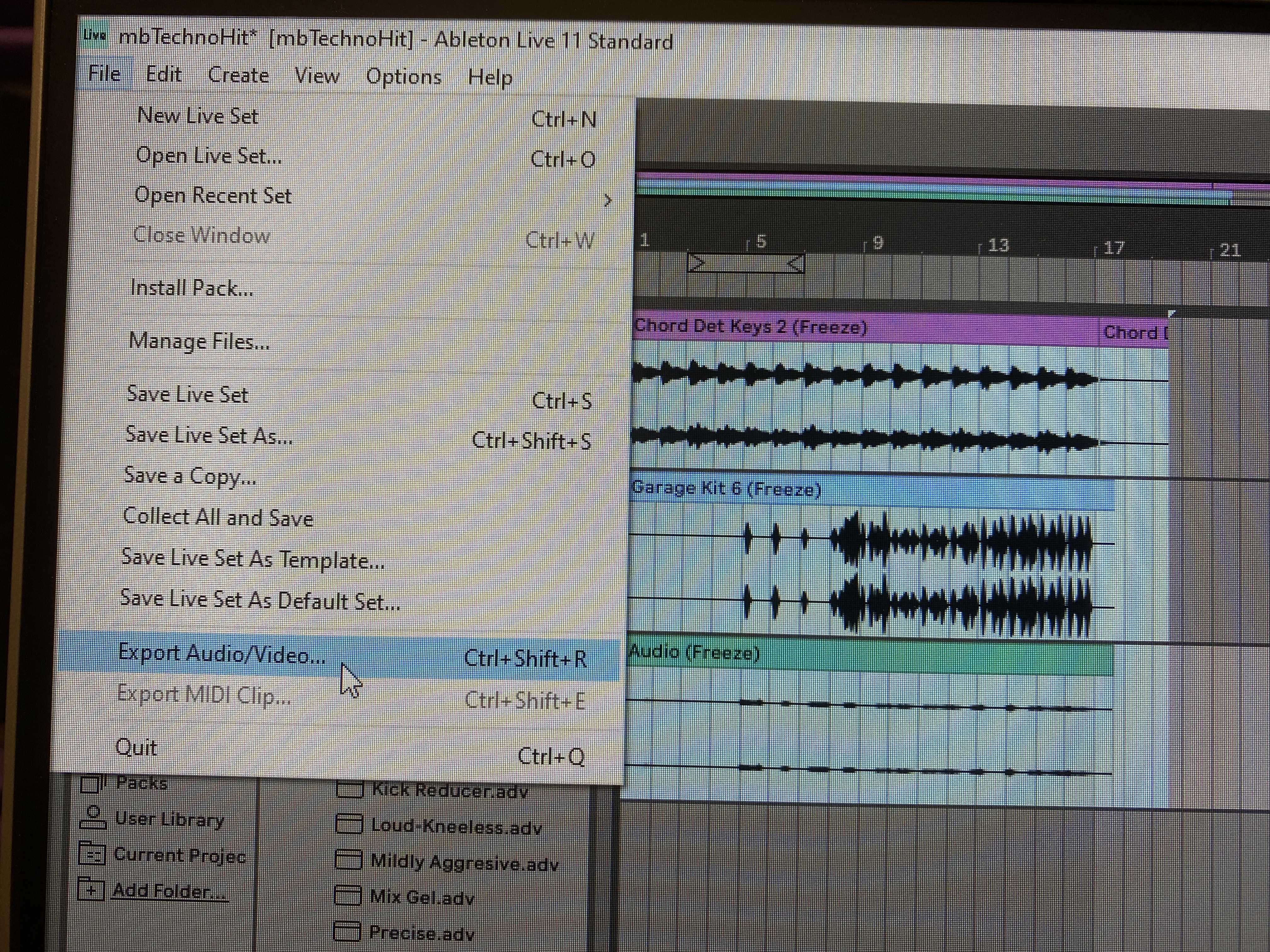
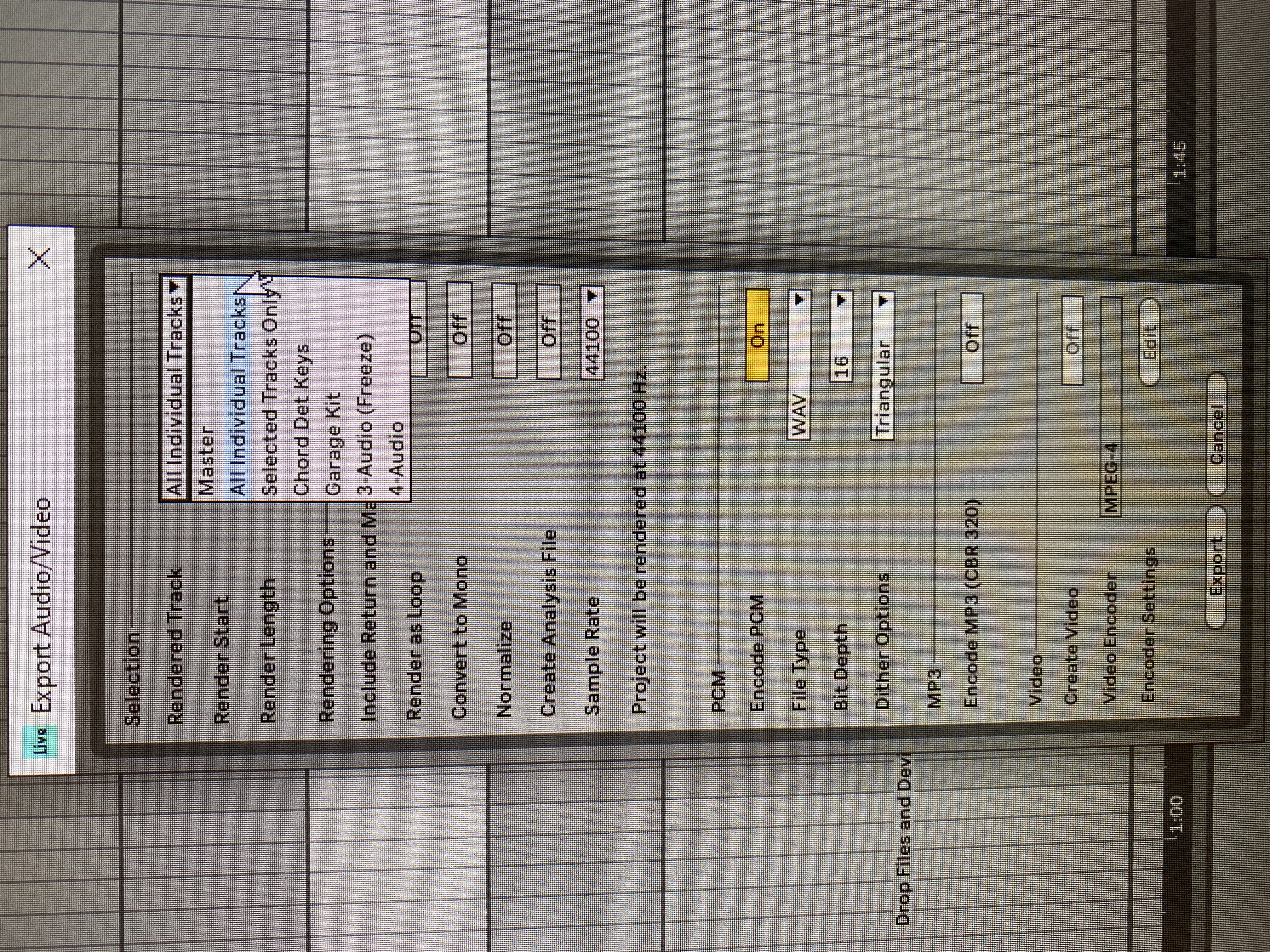
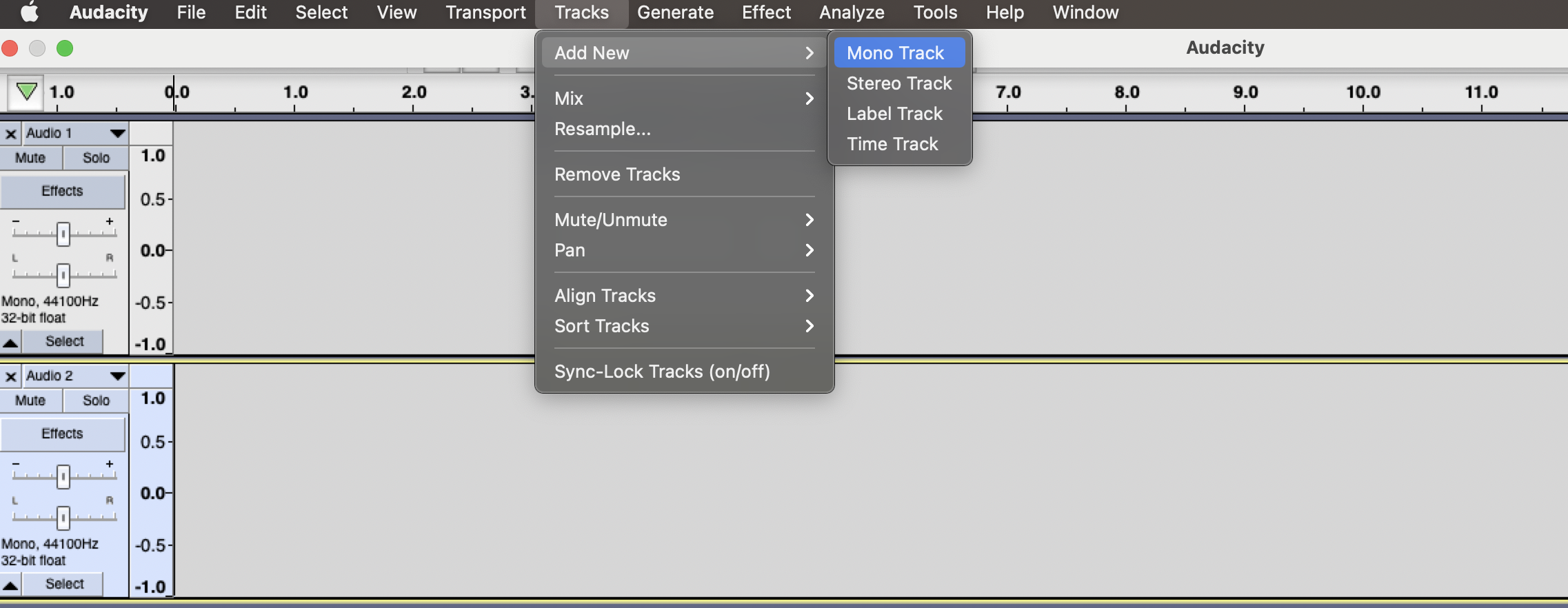


 Open the Options menu and choose preferences
Open the Options menu and choose preferences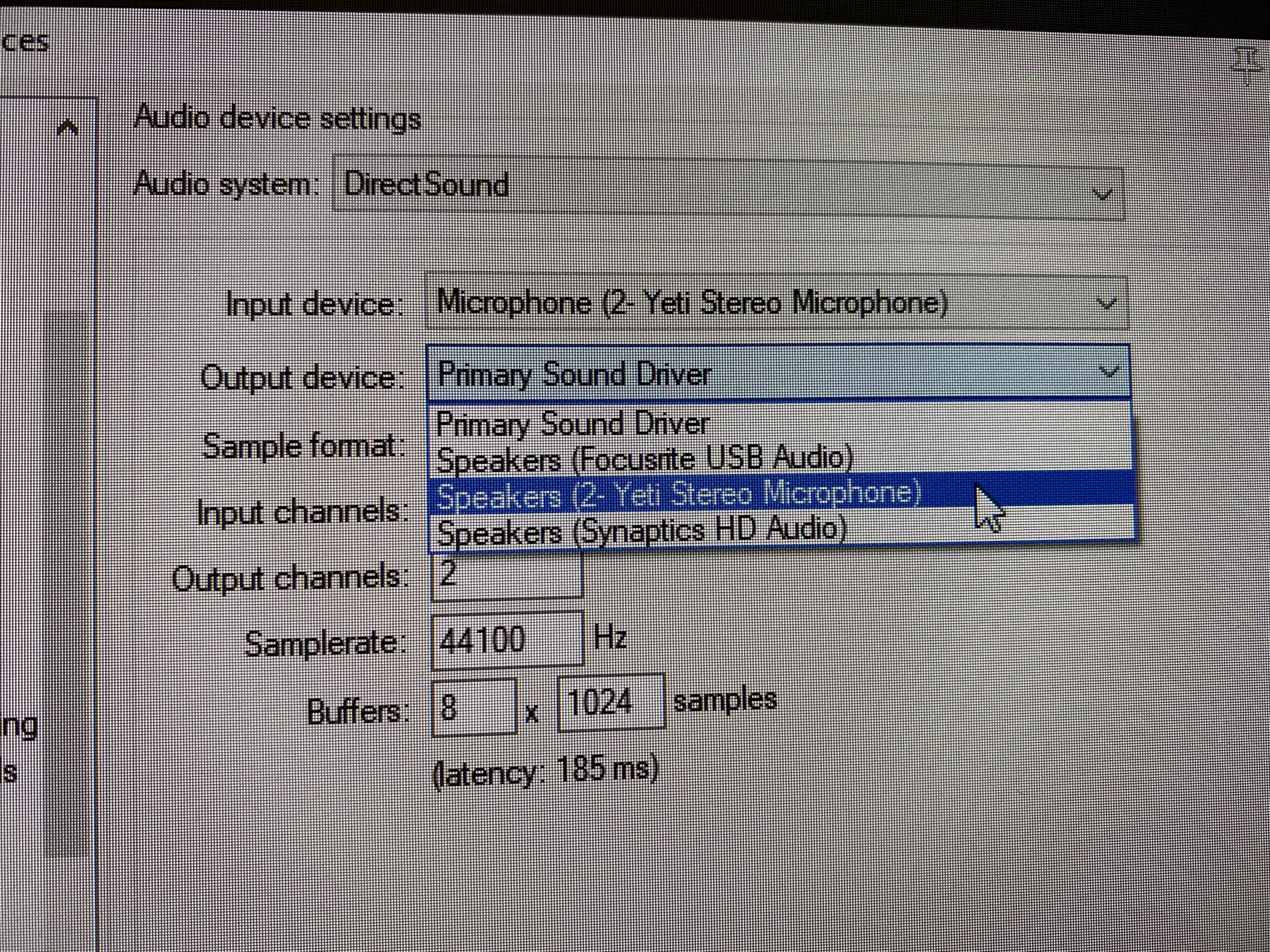 For configuring the Yeti Blue microphone
For configuring the Yeti Blue microphone